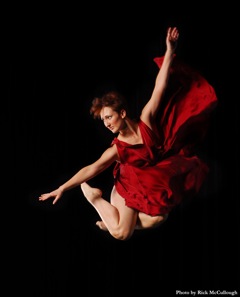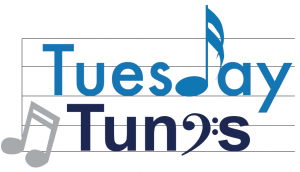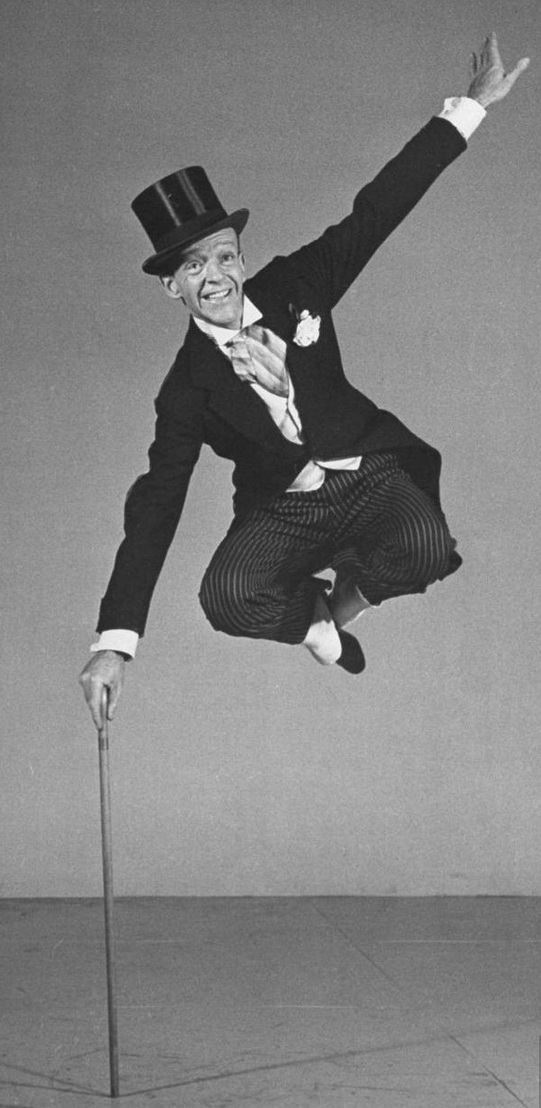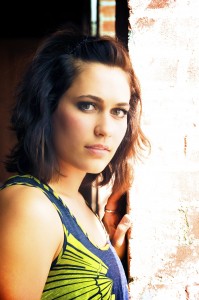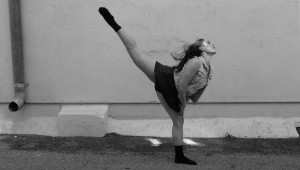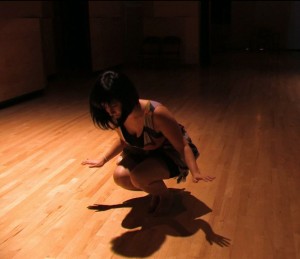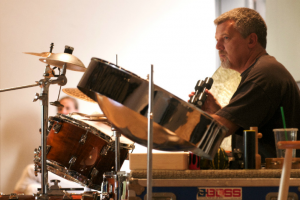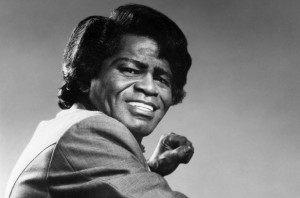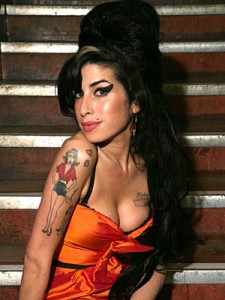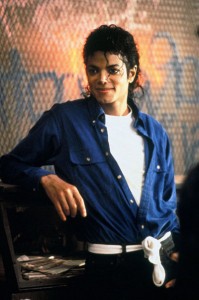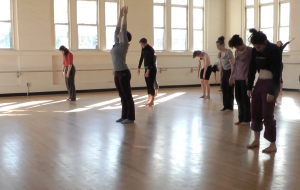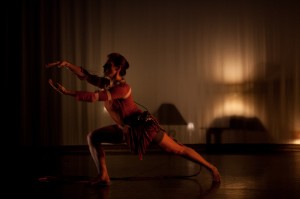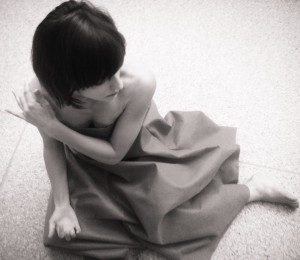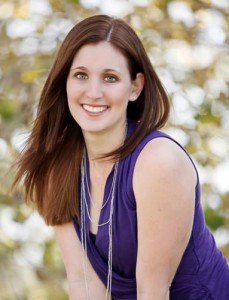Happy Tuesday Framers! Today our dancing star is …..The King of Pop!
Michael Jackson

“Music has been my outlet, my gift to all of the lovers in this world. Through it, my music, I know I will live forever.”
Michael Jackson was born Michael Joseph Jackson in Gary, Indiana on August 29, 1958, and entertained audiences nearly his entire life. His father Joe Jackson had been a guitarist, but was forced to give up his musical ambitions, following his marriage to Katherine (Scruse). Together, they prodded their growing family’s musical interests at home. By the early 1960s, the older boys Jackie, Tito and Jermaine had begun performing around the city; by 1964, Michael and Marlon had joined in.
A musical prodigy, Michael’s singing and dancing talents were amazingly mature, and he soon became the dominant voice and focus of the Jackson 5. An opening act for such soul groups as the O-Jays and James Brown, it was Gladys Knight (not Diana Ross) who officially brought the group to Berry Gordy‘s attention, and by 1969, the boys were producing back-to-back chart-busting hits as Motown artists (“I Want You Back,” “ABC,” “Never Can Say Goodbye,” “Got to Be There,” etc.). As a product of the 1970s, the boys emerged as one of the most accomplished black pop / soul vocal groups in music history, successfully evolving from a group like The Temptations to a disco phenomenon.
Solo success for Michael was inevitable, and by the 1980s, he had become infinitely more popular than his brotherly group. Record sales consistently orbited, culminating in the biggest-selling album of all time, “Thriller” in 1982. A TV natural, he ventured rather uneasily into films, such as playing the Scarecrow in The Wiz (1978), but had much better luck with elaborate music videos.
In the 1990s, the downside as an 1980s pop phenomenon began to rear itself. Michael grew terribly child-like and introverted by his peerless celebrity. A rather timorous, androgynous figure to begin with, his physical appearance began to change drastically, and his behavior grew alarmingly bizarre, making him a consistent target for scandal-making, despite his numerous charitable acts. Two brief marriages — one to Elvis Presley‘s daughter Lisa Marie Presley — were forged and two children produced by his second wife during that time, but the purposes behind them appeared image-oriented. Despite it all, Jackson’s passion and artistry as a singer, dancer, writer and businessman are unparalleled, and it is these prodigious talents that will ultimately prevail over the extremely negative aspects of his seriously troubled adult life.
The First Moonwalk
Thriller!
He’s….well…Bad.
Fact about Mr. Michael Jackson
Shares with Carlos Santana the record for most Grammys won in one year, with eight.
First solo artist to generate four top ten hits on the Billboard charts on one album with “Off the Wall.”
First artist to generate seven top ten hits (USA) on one album with “Thriller.”
Until August 2011, he was the only artist in history to generate five #1 hits (USA) from one album with “Bad”. Katy Perry has since tied this record with her album “Teenage Dream”.
With Lionel Richie, co-wrote the song “We Are the World,” and was one of its performers.
His 1982 album “Thriller” is the biggest selling album of all time, with confirmed sales of over 51 million, and claimed sales of over 100 million copies worldwide.
His 1991 album “Dangerous” is one of the biggest selling album of all time, with over 20 million copies sold worldwide.
His 1987 album “BAD” is one of the biggest selling albums of all time, with over 20 million copies sold worldwide.
Jackson hired film director Martin Scorsese to direct the video for the “Bad” album’s title track.
His hit song “Bad” from 1987 was initially supposed to be a duet with fellow 80’s superstar Prince. Prince said in an interview that he did not wish to sing the line “Your butt is mine”.
Inducted into the Rock and Roll Hall of Fame in 2001 (as a solo artist).
Inducted into the Rock and Roll Hall of Fame in 1997 (as a member of the Jackson 5).
Had a skin disease called vitiligo.
Diagnosed with lupus in 1984.
Copied his moon walk after mime Marcel Marceau in “walk-against-the- wind” pantomime techniques.
At his peak, Jackson was reportedly worth around $1 Billion.
Holds 10 different Guinness World Records.
1st May 2001: His video for “Thriller” was voted at #1 by VH1 on their countdown of the Top 100 Greatest Videos Of All Time. At #2 was “Like A Prayer” by Madonna.


